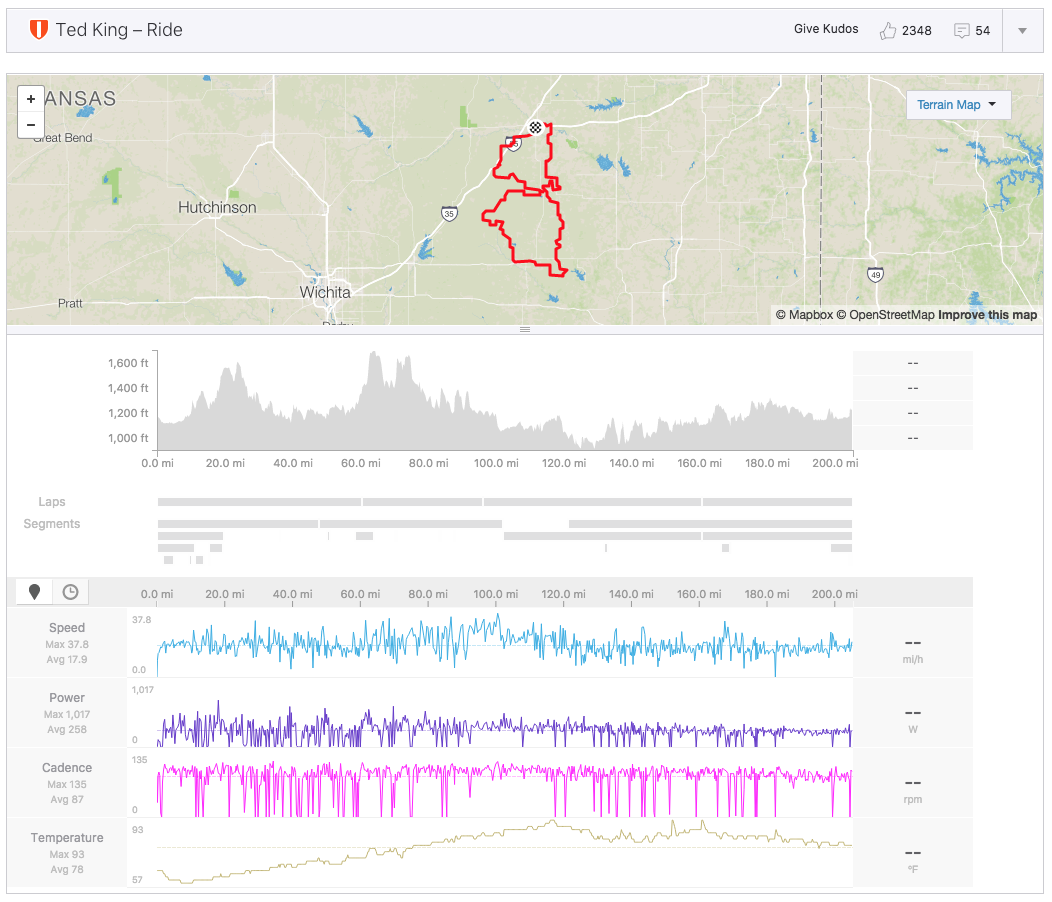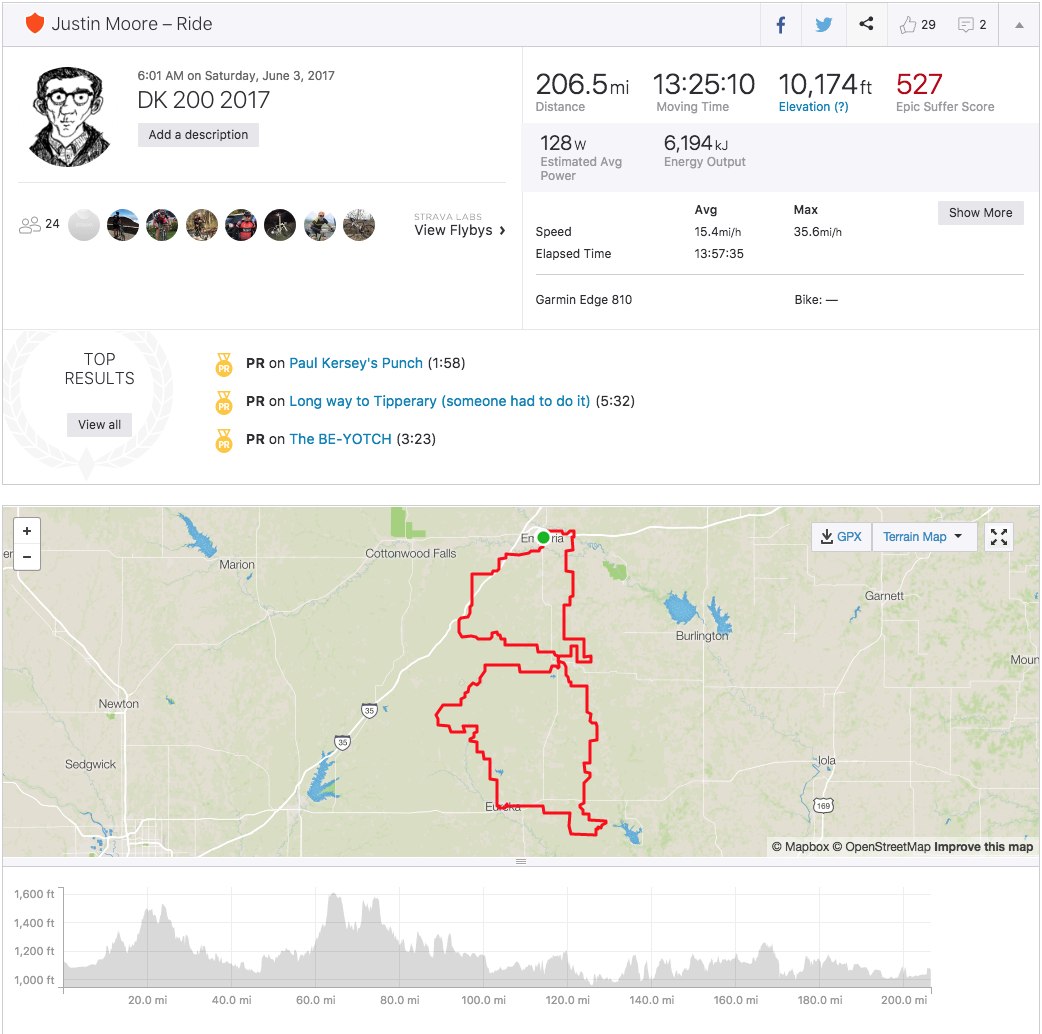Remember the proliferation of exercise gadgets in the 1990s? You had the knee squeezer:
The sit-up machine:
I don't see how this is better than a sit-up.
The aluminum pretzel:
I'm sensing a theme here...
And many, many others. What they all had in common (in addition to being highly inefficient ways to part you from your money) was their promise to turn you from "before" to "after" in some small period of time daily, usually under 30 minutes.
Newsflash: doing anything--anything--physical for 30 minutes a day is going to help you out. It doesn't have to be a gymnastics routine. Hell, try doing push-ups, planks, and crunches for 30 minutes a day. It's a lot of work.
Both pictures are "after." Where can I buy those shorts? Rowrrr.
But that's all an aside. Here's the thing I'm really thinking of today: I’m not sure how may times I’ve had a parent or grandparent of young kids tell me how much physical activity he or she gets as a result of “chasing around a two-year old.” I’ve always been suspicious of the claim. Don’t get me wrong--parenting, especially at the toddler phase--is exhausting. But it tends to be exhausting in the way a stakeout is exhausting, mostly from monotony and sleep deprivation. It’s emotionally taxing because of the lingering self-doubt about the quality of your parenting and the everyday small decisions you fear will lead to some real harm if made improperly. Physically, it never seemed demanding at all with my two kids. There was some lifting, sure. But most of the parents I see in public with their kids are sitting somewhere gazing into their smartphones. It’s the kids who are doing all the physical activity. The parents are unlikely to take twenty steps in an hour, it seems. [note: none of this cynicism applies to daycare workers, most of whom really hustle]
Obviously I’m a little jaded. As I write this, I’m sitting in a fairly spectacular local park, taking part in a fundraiser. I can see eleven parents from my perch at a picnic table (at least I think they’re parents. They’re sitting adjacent to the playground with small children zipping between them. Oh, and there are 12 if you count me). Of the 12, twelve are either writing (that’s me), texting, or eating. Zero are interacting with children in any physical way. In an unusual turn of events, I’m actually primed for some moral superiority, since the kids and I got here by bicycle, in the #familypeleton, so I have the ~3.5 miles to the park and the 3.5 miles home on my side. That's enough self-congratulation for the day. My point is, being with your kids might bring you joy most of the time, but it won't bring you physical activity unless you do it self-consciously, just like any other activity.
What got me thinking of this is the fact that I’ve had innumerable conversations with people about physical activity over the last decade in which one or both of us advocated for “Simple strategies to add physical activity to your routine!” These discussions were often irrationally enthusiastic about the awesomeness of parking at the far end of the parking lot, or substituting a rake for a leaf-blower, or using a whisk instead of an electric mixer. You get my drift, I hope. Here’s the problem: it’s almost all bunk. Desperate, depressing bunk. And I say this as the person who has on many occasions been on the giving end of this advice. Now, before Blue Zones fans come at me with pitchforks and torches (both good ways to “Add physical activity to your routine!”, by the way), let’s perform a little thought experiment.
Let’s imagine that you wake up from a routine surgical procedure to find a doctor solemnly standing over your bed.
“Justin, I have some bad news,” she says as she pulls up a chair. Your name is Justin in this dream, by the way.
“Your appendectomy went fine. You’re going to heal right up. But you had a rare complication of the anesthesia, and it appears you’re now paralyzed from the neck down. The good news [doctors always try to segue into the good news as quickly as possible, amiright?] is that you’re still able to breathe on your own, so you shouldn’t have any trouble talking, and you won’t need a ventilator.” As you try to shake off the last remains of the sleeping medicine, and as your spouse softly weeps at your side, the doctor goes on. “But you won’t be able to do any intentional physical activity beyond breathing, talking, smiling, and blinking.” She then explains that the condition is likely permanent, at least as permanent as you are.
As you let this news settle over you, what will you miss? Will you miss your thighmaster or ab cruncher or aluminum pretzel time? I hope not. But if so, that's cool. Will you miss mowing the lawn? Maybe, if you’re one of the guys Lowe’s advertises to in the springtime. Will you miss using a whisk? Well, I guess, insofar as you’ll miss cooking in general. (note: Julia Child has a great old clip in which she talks about how normal cooking should lead to the cook getting sweaty. It’s awesome. You should look for it. I'd link it, but I can't find it, and I'm in a hurry.) But I’m willing to wager that the walk across a shimmering, sweaty, oil-stained parking lot upon which you’ve intentionally parked your automobile far, far from the entrance to the big box store is something that approximately zero percent of us would miss. Zero percent of responders to this scenario would miss running a vacuum cleaner, or washing their tile floor by hand, or any of the 1,000 other “strategies” I’ve heard in this regard.
What would you miss? Dancing with family at weddings, maybe. The spray of water on your face as you waterski. I’d desperately, achingly, miss my morning cycling route that takes me through the sunrise in summertime and through a crystal wonderland in the winter. I know this because I've been sick lately, and I fear the cold air would make me sicker. I’d miss the bike ride to school with my kids. I’d miss the competent, reassuring thud of a frisbee into my outstretched hand. I’d miss the brace of cool water against my face the first time I dive into a pool in the springtime. I’d miss...nothing at all related to parking.
Here’s my point: Movement isn’t just a utilitarian product of 85 million years of evolution. It isn’t just a means of getting from point A to point B. It is a source of joy. So, sure, park at the edge of the Target parking lot. But even better, leave your car at home and find joy in the 30-minute bike ride or hour walk to the store because it brings you joy, is good for the planet, and it saves you money. Instead of burying your face in your smartphone while your kids play, take pleasure in helping your kids hunt fireflies or throw snowballs or walk around the neighborhood for 30 minutes in the evening. Take a big step, not a small one. Move because it makes you feel good, not because it adds steps to your FitBit.






































